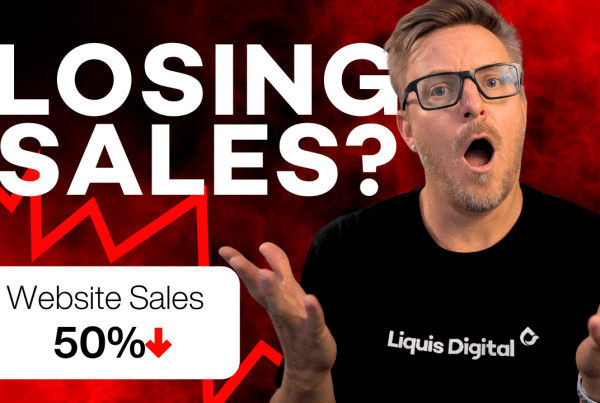
If you’re sending traffic to your website but not seeing conversions, your landing page might be the problem.
A high-converting landing page is one of the most powerful tools for turning casual visitors into qualified leads and paying customers. But most businesses get it wrong—either they treat it like a mini homepage or clutter it with distractions that dilute the message.
Let’s fix that.
In this post, we’ll walk you through the key elements every landing page needs to actually drive results. Whether you’re running ads, promoting a lead magnet, or launching a campaign, this guide will help you build landing pages that work.
What Is a Landing Page (and What It’s Not)
A landing page is a standalone page on your website designed for a specific audience, tied to a specific offer, with one goal in mind—conversion.
It’s not your homepage.
It’s not your About page.
It’s not your full service menu.
Think of it like a laser-focused pitch. The more dialed in it is, the better it performs.
Great landing pages are often used with paid ads, email campaigns, or social media promotions. The idea is simple: someone clicks on an ad, and the landing page reinforces the exact offer they expected to see—nothing more, nothing less.
1. Strip the Distractions
The best landing pages are distraction-free zones.
That means no top navigation bar. No social media links. No competing offers. Your visitor should have one clear path to take—your call to action.
The more options you give, the more likely they are to bounce.
2. Lead With a Clear Headline
Your headline should instantly communicate the value of your offer.
Visitors should land on the page and immediately understand what they’re getting. Skip the clever copy—clarity wins every time. Follow that up with a short paragraph or bullet list that reinforces the benefits.
Pro tip: Make sure your visuals (images, graphics, or videos) align with your message and support your call to action.
3. Create a Compelling Call to Action (CTA)
Your CTA is the most important element on the page. Make it bold, obvious, and action-driven. Here’s how:
-
Use high-contrast colors so the button stands out
-
Repeat your CTA at multiple points as the user scrolls
-
Use first-person, benefit-driven language (e.g., “Get My Free Download” instead of “Submit”)
Make it easy. Make it enticing. Make it impossible to miss.
4. Simplify Your Form
Friction kills conversions. The more fields you ask for, the more likely people are to abandon the page.
Stick to the essentials—just the information you need to take the next step. Label each field clearly, keep the layout clean, and remove any unnecessary choices that might slow them down.
5. Build Trust with Social Proof
Let your credibility do the talking.
Include one or more of the following:
-
Customer testimonials or reviews
-
Client logos
-
Trust badges or certifications
-
“As seen on” media mentions
-
Screenshots of real customer posts
-
Number of downloads or spots left
Social proof builds confidence—and confidence leads to conversions.
Ready to Turn More Visitors Into Customers?
An effective landing page isn’t just about design—it’s about strategy. From messaging to structure, every element needs to work together to guide your visitor toward a single action.
If you’re ready to upgrade your site and start generating more leads, grab our free Landing Page Checklist—it’s packed with actionable strategies to help your website do more of the heavy lifting.
Need help setting up and managing your ads?
Schedule a free call with Liquis Digital Today!
Schedule Now!


